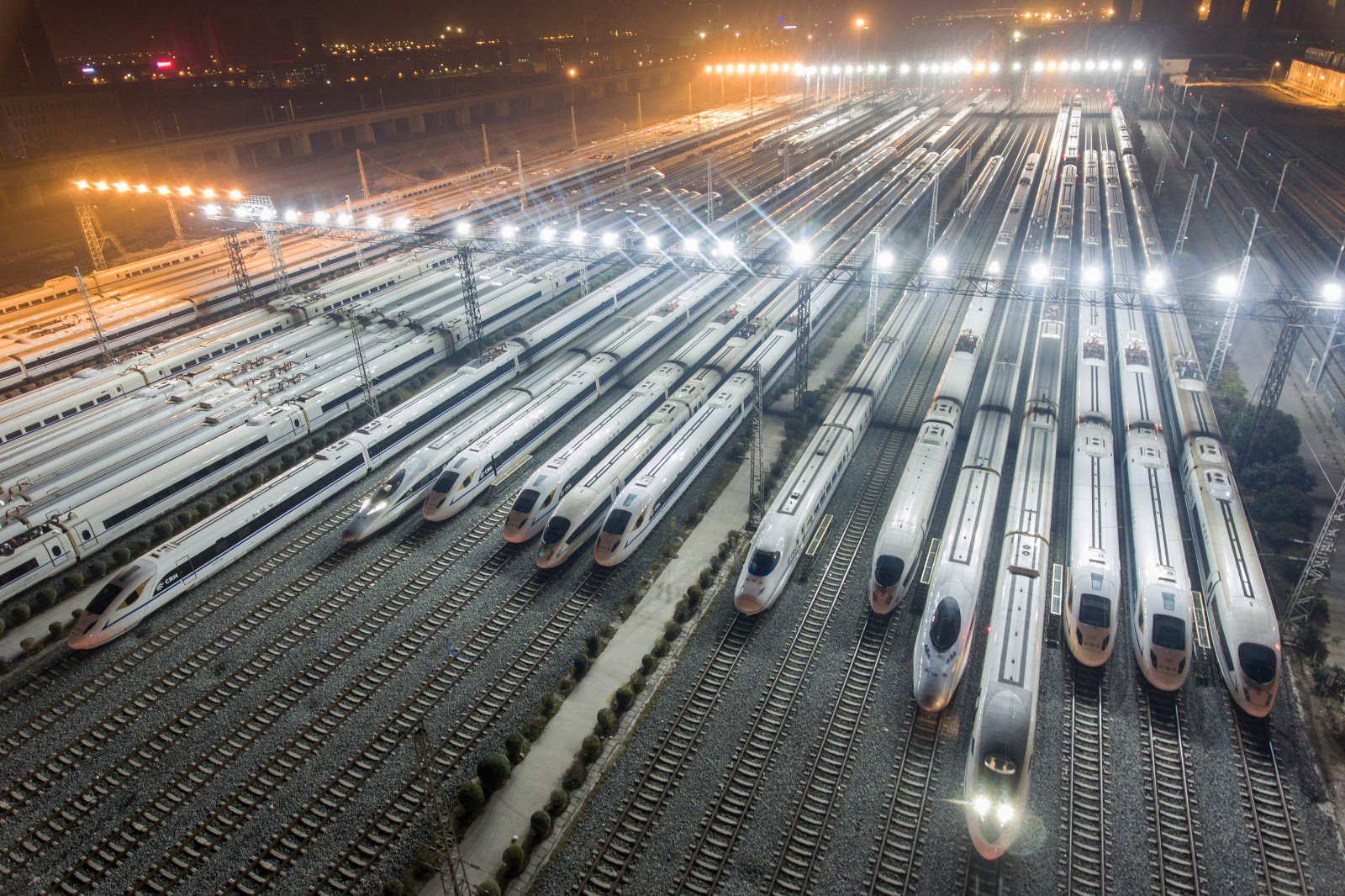
The North-South High-speed Railway is attracting special attention from people who are imagining that they "can have breakfast in Hanoi and then lunch in HCM City City".
However, there is a risk if the railway line connects only one station in each economic pole (Hanoi and HCM City).
Ngoc Hoi Station has been chosen as the starting point of the line in Hanoi. However, it is the only station serving the capital city area. Similarly, HCM City only has ThuThiem Station, situated in the end of the North-South High-speed Railway route, and Long Thanh Station in thinly populated areas, which can only serve transit demand from air passengers.
It is a reasonable decision that stations would be situated in suburban areas; this principle has been applied by many large cities in the region. The strategy, designed to ease pressure in the inner city and facilitate the development of neighboring areas, has been applied in China, Laos and Indonesia.
Nevertheless, for large and important cities like Hanoi (8 million people) and HCM City (9.5 million), the existence of only one major station for high-speed railways is not enough. The cities need at least 3-4 central stations, of which there must be at least 2 stations connecting with high-speed railways to satisfy demand and connect with other railways.
In Hanoi, with the plan to develop railway routes that links the city and Vietnam-China border areas, the northwest, Hai Phong and Mong Cai, the demand for transit centers will be increasingly urgent.
The structure of stations in China has central stations mostly serving normal trains and urban railways, and just 1-2 connections with high-speed railway. New stations built in the suburbs are reserved for transit centers.
For example, the south Beijing station inaugurated in 2009, located 8 kilometers from the center of the city, serves as the key high-speed railway station for the city of 22 million people.
The second difference is that central stations, mostly built in the 19th and 20th centuries, continue to be the major stations of many cities and they are the only points with connections with high-speed railways. However, it is difficult to expand stations in Europe to satisfy the high number of passengers.
The concentration of a high number of passengers on only one high-speed railway station will lead to overloading, and may affect time and efficiency.
For example, one person living in Soc Son who wants to catch a high-speed railway trip to Da Nang would have to spend at least one hour to move to Ngoc Hoi station by road (the time will be higher in case of traffic congestion).
Most high-speed railway terminals around the world require passengers to be present at least one hour before the departure time to follow procedures.
So the total time one passenger needs to spend to take a railway trip to Da Nang would be 1 hour (to reach to Ngoc Hoi Station), + 1 hour of waiting at Ngoc Hoi Station + 2 hours of traveling to Da Nang (657 kilometers, high speed of 350 kilometers per hour)
Passengers have another choice with a direct flight from Noi Bai International Airport in Hanoi with similar costs.
International practice shows that even with government subsidies, high-speed ticket prices do not compete that well with air tickets.
In China, a flight from Beijing to Shanghai lasts two hours and the air ticket is just $78. If passengers choose high-speed railways, they spend from 6 hours to 4.5 hours and the tickets are priced from $150.
In Vietnam, the Hanoi-HCM City High-speed Railway ticket is estimated at VND1.7 million, which is higher than a one-way flight offered by budget airlines like Vietjet Air.
To compete with airways, railways need to create favorable conditions for passengers to have easy and convenient experiences. The solution is developing at least two stations from which passengers can depart on high-speed railways.
In Hanoi, Ngoc Hoi Station would serve people in the inner city and southern suburban districts. In HCM City, Thu Thiem Station could be the strategic connection point.
The second station in Hanoi could be Noi Bai, to serve as both a transit center and transport for 5 million people in northern districts, and Bac Ninh, Bac Giang, Vinh Phuc and Thai Nguyen provinces. In HCM City, expanding the current Binh Chanh station would be one solution.
Pham Vu Thieu Quang